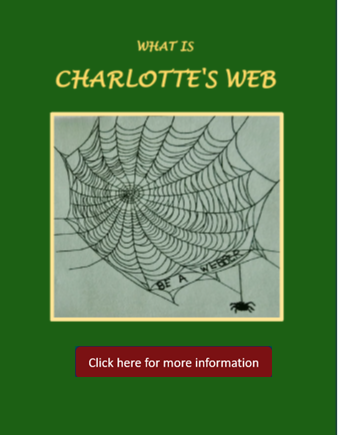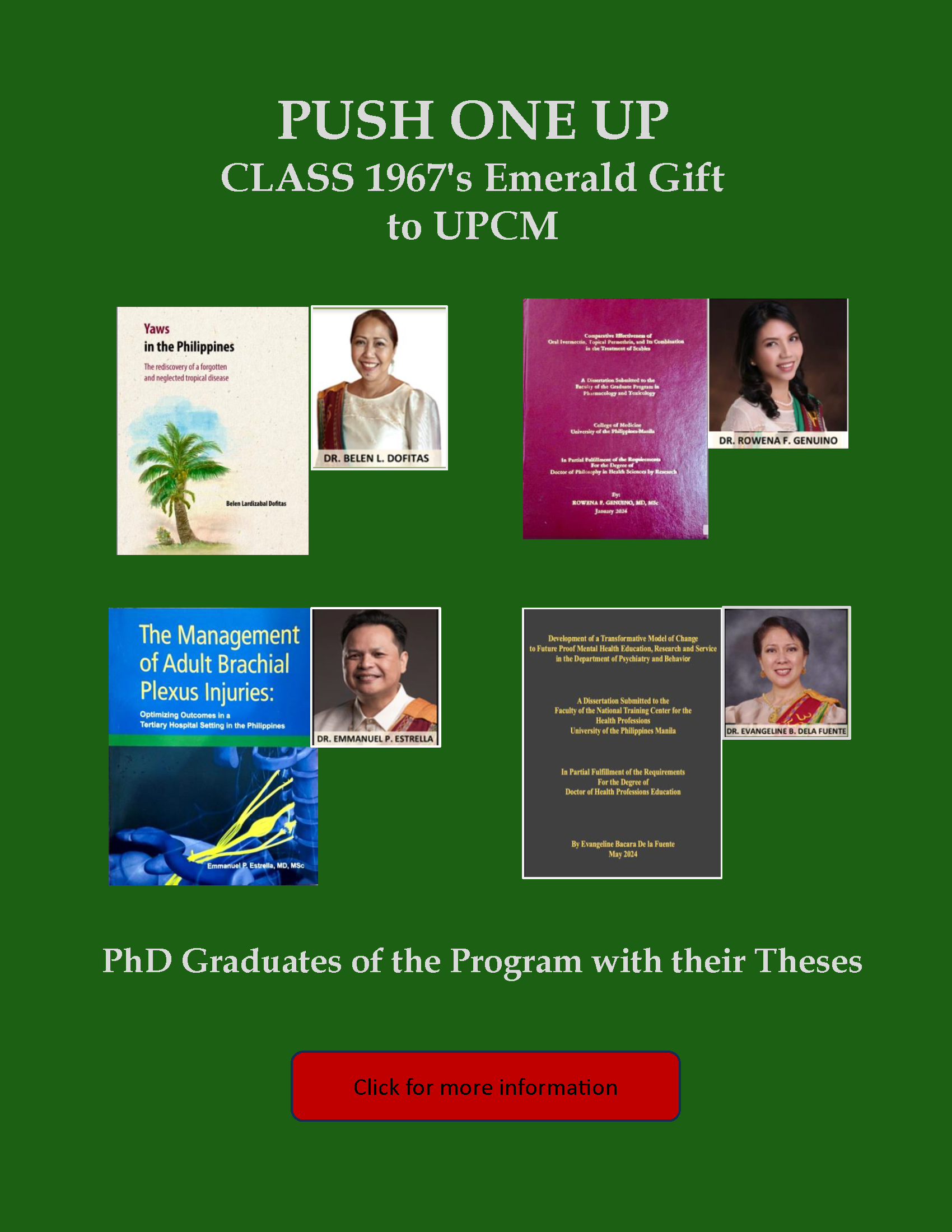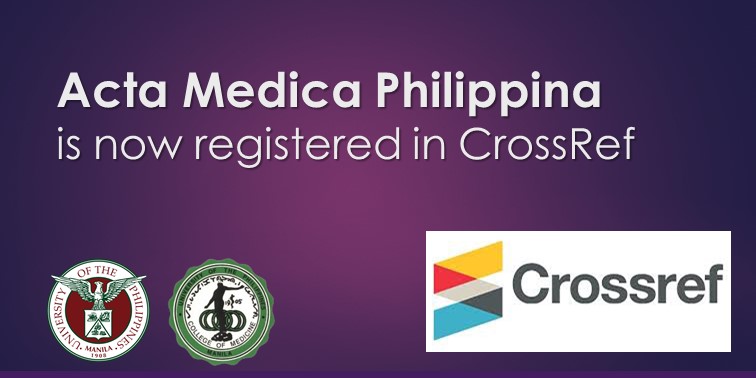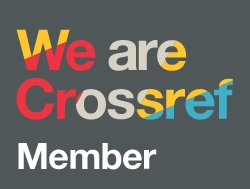Accuracy of Single Question Hearing Screening in Detecting Hearing Loss among Traffic Workers: An Exploratory Study
DOI:
https://doi.org/10.47895/amp.vi0.13408Keywords:
hearing conservation, occupational hearing loss, noise exposure, road traffic noise, PhilippinesAbstract
Background and Objective. Traffic workers play a vital role in maintaining public order and ensuring road safety. A key component of their profession is ensuring a smooth and efficient flow of traffic along our thoroughfares. A recent study on traffic workers from the Metropolitan Manila Development Authority (MMDA) assigned in Epifanio delos Santos Avenue (EDSA), occupational noise exposure levels >85 dBA, were at least 25% more likely to develop pure tone abnormalities, especially at frequencies above 2000 Hz. There is a need to screen workers who are at-risk for occupational noise-induced hearing loss (NIHL) such as these traffic workers. This is an exploratory study aimed to determine the accuracy of a single question hearing screening in Filipino (SQ-F) in detecting noise-induced hearing loss among traffic workers in EDSA.
Methods. This was an exploratory diagnostic accuracy cross-sectional study that determined the sensitivity, specificity, positive, and negative likelihood ratios of SQ-F in detecting NIHL among 108 traffic workers of the MMDA. The reference standard used was the air conduction pure tone threshold average at the 2000, 4000, and 6000 Hz of the worse hearing ear.
Results. The sensitivity and specificity of SQ-F were 26.5% (95% confidence interval [CI]: 15.0 to 41.1%) and 86.4% (95% CI: 75.0 to 94.0%), respectively. The positive (LR+) and negative (LR-) likelihood ratios were 1.96 (95% CI: 0.88 to 4.33) and 0.85 (95% CI: 0.7 to 1.0), respectively.
Conclusion. This study suggested that SQ-F might not be a good screening tool in detecting NIHL.
Downloads
Published
Issue
Section
License
Copyright (c) 2025 Acta Medica Philippina

This work is licensed under a Creative Commons Attribution-NonCommercial-NoDerivatives 4.0 International License.




.jpg)



